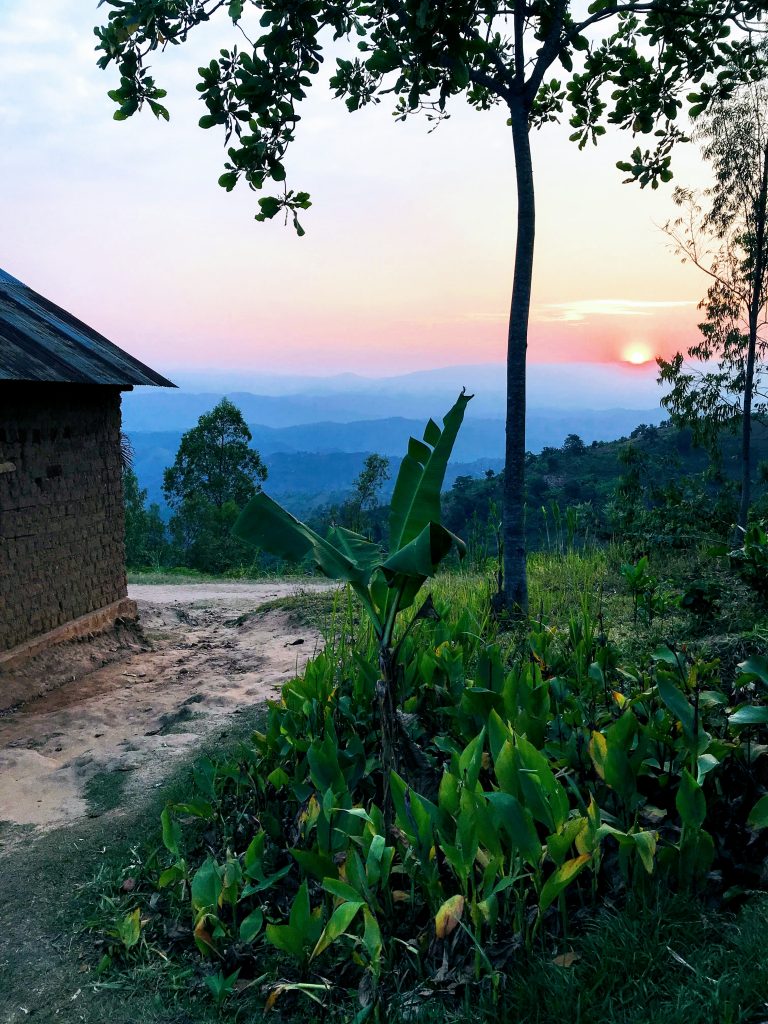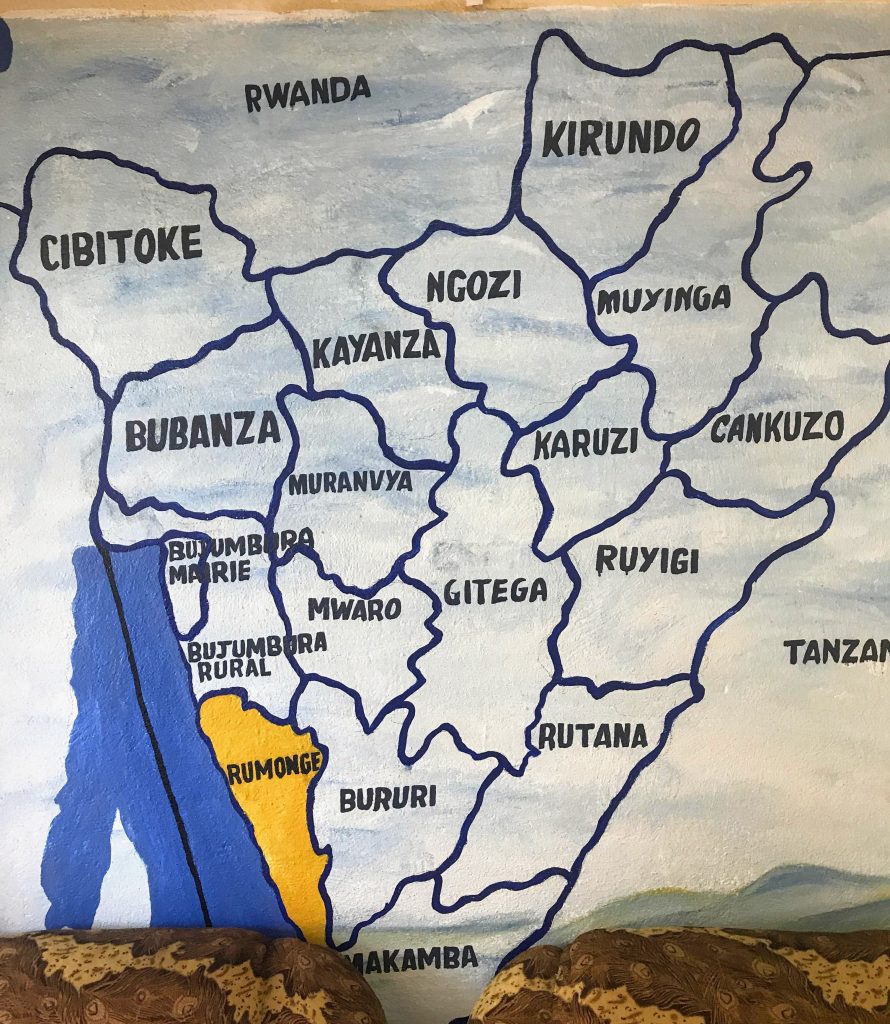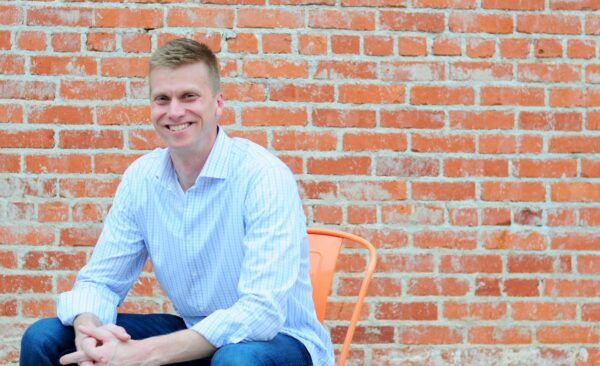What do missionaries look like?
There is a group of missionaries in Burundi called Harvesters. A local ministry organization called Harvest Initiatives conducts a campaign every year in which teams are sent to the far corners of Burundi to partner with the local church, evangelize, and pray. Some Harvesters already live in these distant communities and others pay their own travel expenses to join the team. Some will leave the conveniences of the city to live in the mountain outposts for 2 weeks. They sacrifice running water, toilets, electricity, consistent meals, clean clothes, a mirror, routines, friendly faces, and time with family.
On a typical day the Harvest teams gather in the morning for worship, Bible study, and prayer. Seated on benches no more than 10 inches off the ground they dialogue about a passage, share what God is saying to them, and look for new insight from the group. When devotion time is finished, they prepare and eat breakfast. Beans, rice, ndagala (small, minnow-like fish), greens, potatoes, cooked bananas, and avocado provide the hearty fuel to get them through the day with a tea/milk mixture to wash it down. After cleaning up they meet outside with the local church members for assignment; dividing into teams of 2 or 3 for the day’s journey. They sing and pray and then launch out in separate directions across the mountains. They will return in the dark. They carry Bibles and materials to help with storytelling. These servants walk over the rocky roads and dusty paths stitched into the Burundi backcountry in search of homes. They go door-to-door to find people and while that sounds difficult in our North American culture, what other way is there to reach people in this context? Marketing videos, social media, signage are not available here, they must physically “go” to the people. The message is the love and hope of Jesus. Most people out here believe in a god (Creator) but He is distant. They do not have relationship with Him and thus do not know about the reconciliation of sins. Often, the teams engage in prayer with the families they meet.
Upon return to the living quarters, the evening meal is prepared. A doughy bread is served and used to scoop a mixture of beans, ndagala, and greens. This traditional meal is eaten without silverware from a common plate and everyone must wash hands before eating. Water for the daily activities is fetched every morning from a source over a kilometer away and used for hand washing in a shallow tub. When the meal is finished and nightly chores complete, they meet before bedtime to share the stories from the day. For the night, they divide by gender and retreat to a common mattress (or tallgrass-woven mat) on the ground in a small shelter. Anywhere from 5 to 8 people can share a sleeping space.
The next day, same routine, different route, new ears to hear.
The message for me was, I can’t go to these places. Sure, I can visit, but to live in that context was a humbling confession of comfort. I found myself in a huge gap from my Western living conditions to these “least reached” people. But the gap is less so for native Burundi people. They can go where I cannot. They can reach their people when I cannot. They lead and I walk alongside. And thus, I am here to support and to encourage their obedience and faithfulness. I am inspired by the body of Christ working in unison for His mission. May His name be glorified!
Again, I ask, what do missionaries look like? What images do you have?
More photos coming soon …



Thank you for sharing this. Praying for you and Harvesters this morning and for more and more ears to hear.